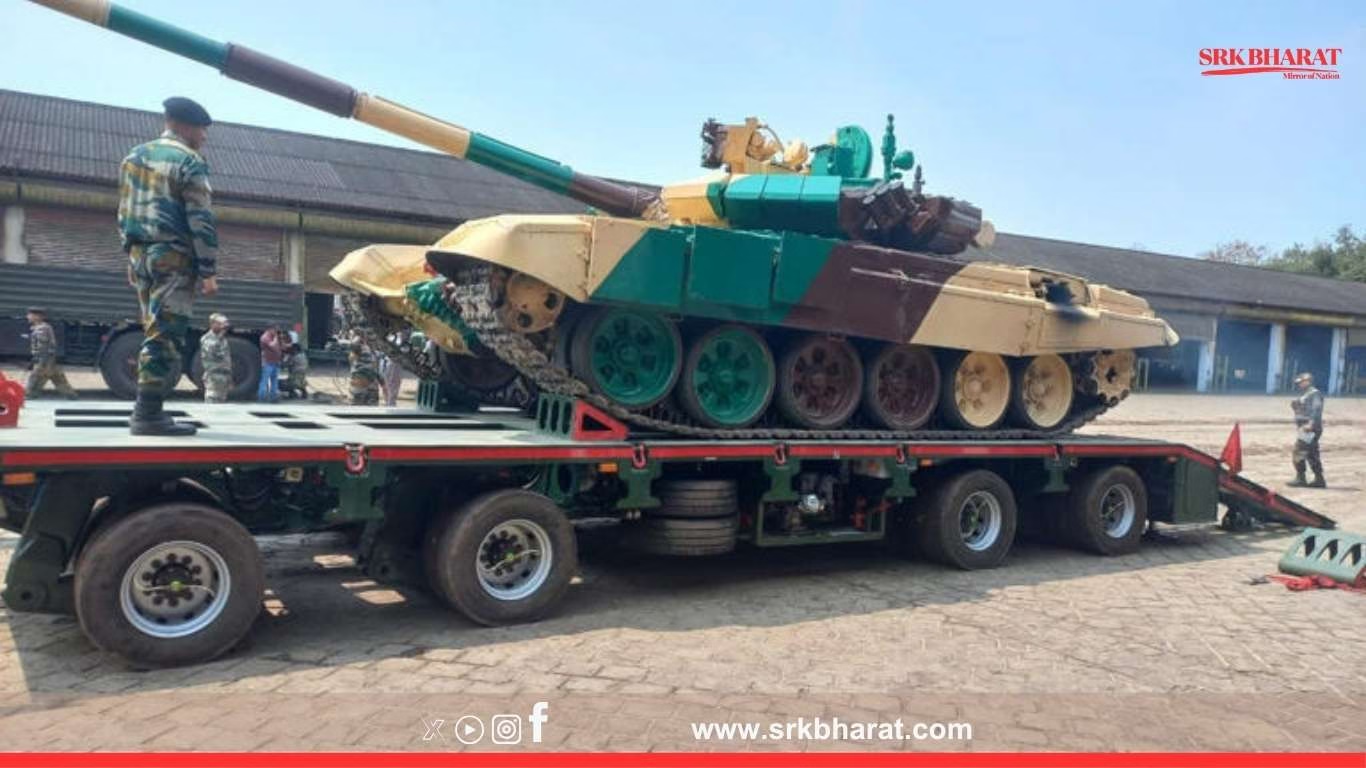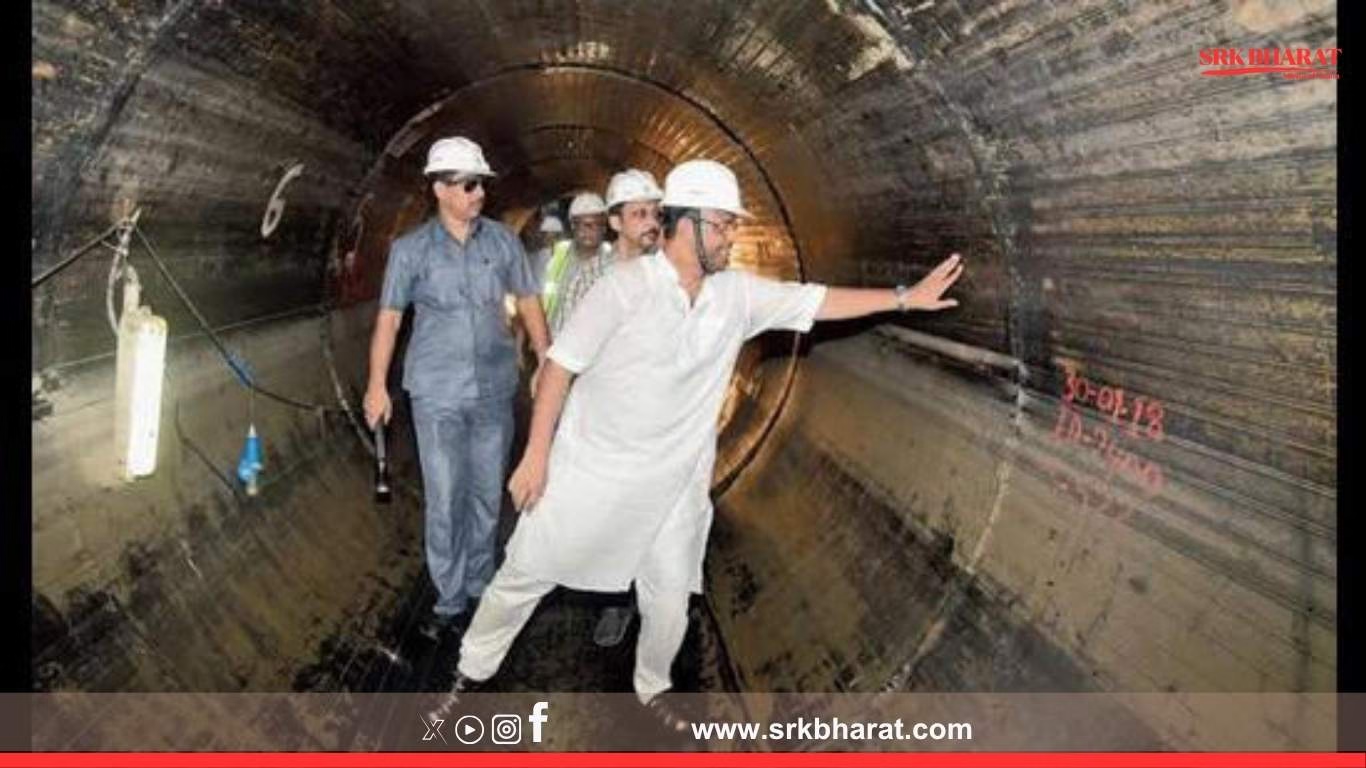In a significant revelation following months of intensive investigation, Air India’s CEO Campbell Wilson has confirmed that the detailed probe into the recent aircraft accident has ruled out any mechanical faults. This announcement brings clarity and relief to the national carrier amid speculations regarding maintenance protocols, safety standards, and systemic lapses.
Full context of the incident
Earlier this year, an Air India flight operating on a domestic route experienced a runway excursion incident during landing, leading to minor injuries among passengers and temporary operational disruption. The aircraft veered off the runway due to what initial reports described as “possible technical anomalies” combined with adverse weather conditions.
The incident prompted the Directorate General of Civil Aviation (DGCA) to initiate a comprehensive investigation involving airline engineers, external aviation safety experts, and representatives from the aircraft manufacturer.
Short news headline in content
No mechanical faults found in crashed Air India plane, confirms CEO Campbell Wilson after DGCA probe report.
CEO’s statement
Campbell Wilson, addressing internal employees through a communication note, stated, “The investigation team has completed their detailed analysis of flight data recorders, cockpit voice recorders, and all technical documentation. There is no evidence of mechanical faults or systemic maintenance failures.”
He added that the incident was caused by external factors, possibly weather-related runway conditions combined with operational misjudgment, while emphasising that final cause attribution lies with the DGCA’s concluding report to be published formally later this month.
Implications for Air India
This finding is crucial for Air India’s ongoing transformation and fleet expansion programme under the Tata Group. A negative finding on mechanical safety could have affected aircraft insurance premiums, global leasing negotiations, and regulatory clearances for upcoming international routes.
Industry safety overview
| Airline | Incident rate per million flights (last 5 years) | Major causes of incidents | Fleet maintenance policy |
|---|---|---|---|
| Air India | 0.38 | Operational errors, weather | OEM recommended checks with internal audits |
| IndiGo | 0.26 | Bird hits, FOD ingestion | Strict on-ground inspections |
| SpiceJet | 0.45 | Technical snags, ATC delays | Enhanced DGCA supervision |
| Vistara | 0.20 | Weather diversions | Joint Boeing-Airbus integrated MRO support |
Aviation experts’ perspectives
A senior aviation analyst remarked, “The absence of mechanical faults indicates robust maintenance practices. However, the human factors component, including pilot situational awareness and ATC coordination, must now become the focus of continuous training.”
Air India’s operational revamp continues
Air India recently ordered 470 aircraft from Airbus and Boeing, marking one of the world’s largest commercial aviation orders. CEO Wilson has prioritised safety standard enhancements, simulator-based pilot training, and internal compliance audits as part of the airline’s modernisation journey to re-establish its reputation in global aviation.
The DGCA probe’s clean chit regarding mechanical integrity bolsters this roadmap. In addition, Campbell Wilson reiterated to staff that safety remains non-negotiable, urging operational discipline and customer-centric service in line with the Tata Group’s strategic vision.
Broader aviation safety scenario in India
India’s aviation sector has witnessed rapid growth, with passenger volumes projected to cross 500 million annually by 2030. This expansion, while boosting connectivity and economic activity, has heightened focus on safety oversight and accident prevention.
Recent DGCA initiatives include:
- Implementation of the Flight Operations Quality Assurance (FOQA) programme across all airlines.
- Deployment of Runway Safety Teams at major airports.
- Mandating periodic emergency response drills involving airport authorities, airlines, and ATC units.
Global context: Mechanical failure in aircraft incidents
Globally, mechanical failures account for less than 10% of aviation incidents today, a drastic reduction from nearly 40% three decades ago. This improvement is attributed to:
- Advancements in predictive maintenance using real-time sensor data.
- Strict regulatory oversight by aviation safety agencies.
- Enhanced Original Equipment Manufacturer (OEM) support to airline MRO teams.
Passengers’ trust and future focus
Following the probe outcome, passenger sentiment towards Air India is expected to remain stable. However, aviation consumer groups continue to demand that incident reports be made publicly accessible for greater transparency.
In response, Air India is reportedly planning to launch an enhanced safety and operational performance page on its official website later this year.
Disclaimer
This news content is prepared for an English news portal based on official statements, publicly available information, and industry expert commentary. It is intended for general informational purposes only and does not constitute any official or safety advisory. Readers are advised to refer to Air India and DGCA’s formal releases for verified details.











